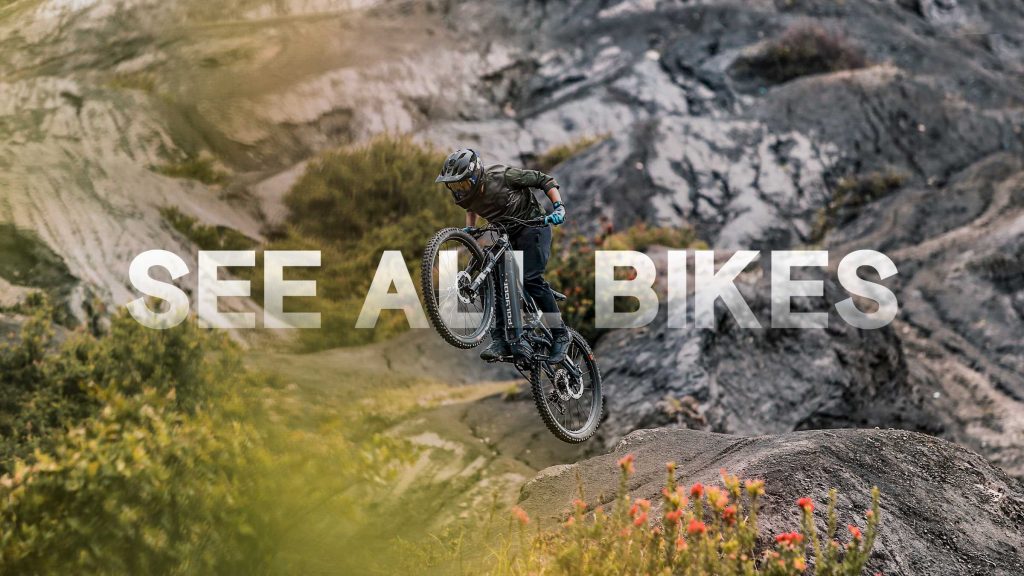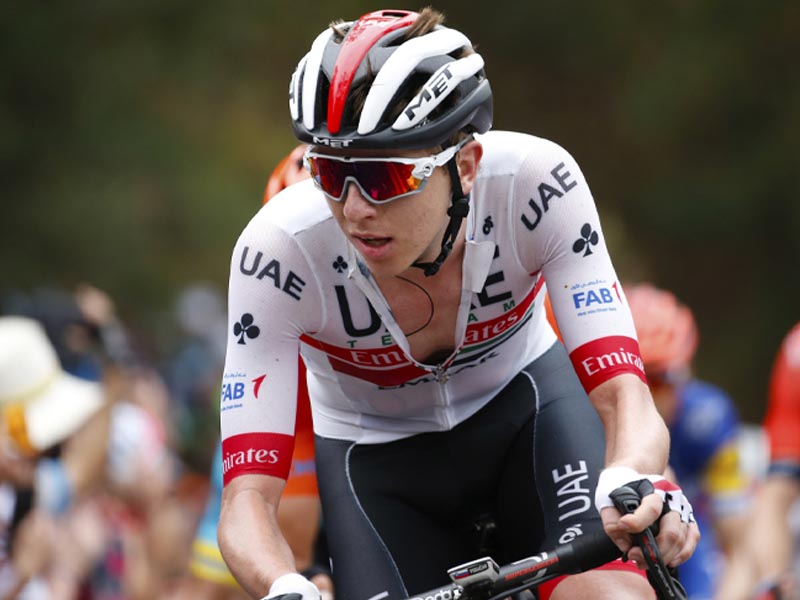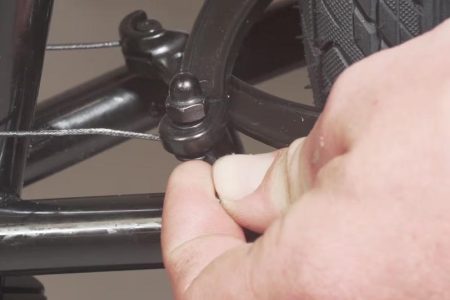Breathing in a race isn’t just about keeping your lungs busy; it’s about control, rhythm, and sharpening your edge when the road turns ugly. When the peloton surges, when your legs burn, when the noise in your head screams “ease up,” your breath can be the war cry that keeps you charging.
Pros know this. We don’t just breathe, we train our breathing like it’s another muscle, because it can decide whether you survive the final climb or watch the podium from behind the barriers.
If you’re ready to breathe like a racer, let’s break down the science, the muscle behind it all, and the techniques that keep us in the fight when it matters most.
Oxygen: The Currency of Speed
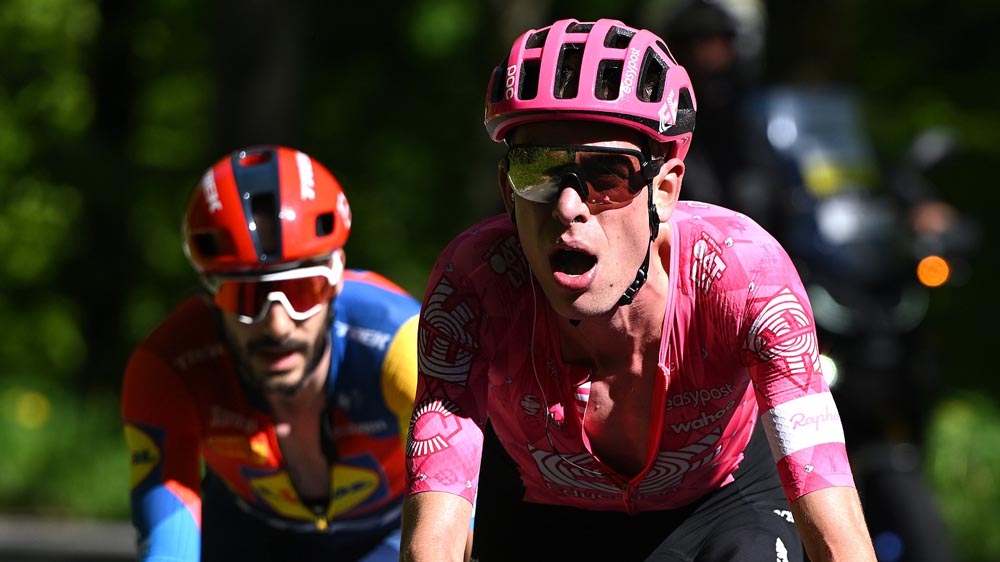
Every pedal stroke burns energy, and that energy comes from a simple equation: oxygen + fuel = power. When you’re cruising, your body easily keeps up with the oxygen demand.
But when you push, sprinting, climbing, holding a brutal pace, your muscles scream for more oxygen. Your heart pounds, your breathing quickens, and your blood works overtime to deliver that oxygen to the front lines.
If your breathing is ragged or shallow, you shortchange your muscles, forcing your body into anaerobic mode, which means less oxygen, more lactic acid, and that all-too-familiar burn that robs your power. That’s why pros obsess over breathing efficiency: it keeps oxygen flowing like a steady IV drip of speed.
The Diaphragm: Your Built-In Turbo
Forget puffing your chest and lifting your shoulders, that’s shallow breathing, the amateur’s mistake. The real engine is the diaphragm, the dome-shaped muscle just below your lungs. It’s designed to pull air deep into the belly, creating a fuller, richer exchange of oxygen in and carbon dioxide out.
A strong diaphragm means you take in more air per breath, stay calmer under pressure, and recover faster when the heat is on. And the way you train it? Breathing techniques—three, to be exact, that every racer should have in their arsenal.
1. Box Breathing: The Reset Button
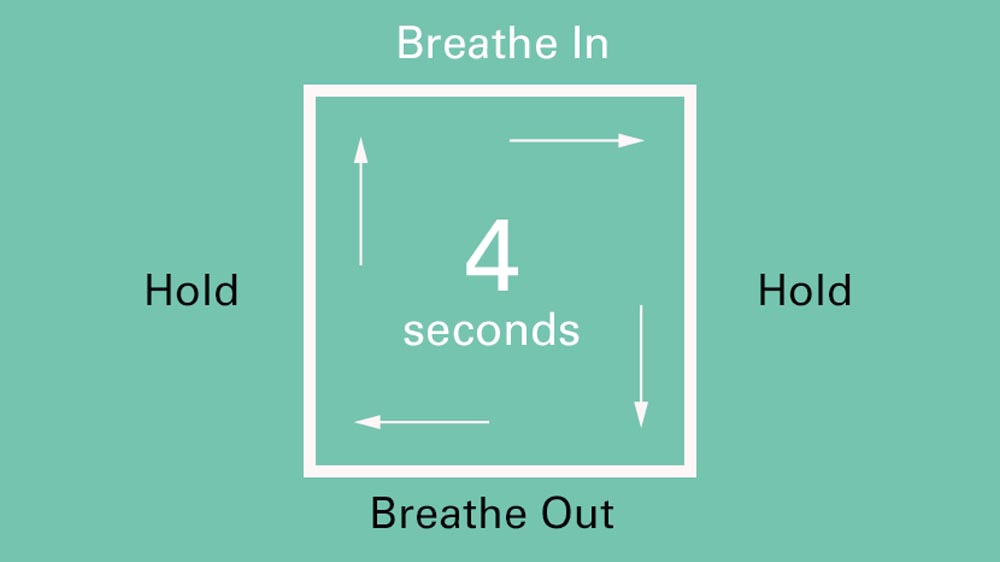
Box breathing is our go-to when the race feels like it’s spinning out of control; heart pounding, mind racing, body buzzing with adrenaline. It’s a four-part rhythm: inhale, hold, exhale, hold, each for the same count.
How to Do It
- Inhale for four seconds, filling your lungs completely.
- Hold your breath for four seconds.
- Exhale slowly for four seconds.
- Hold again for four seconds before repeating.
When to Use It
- Before starting a new climb.
- Right after a brutal effort.
- Anytime the chaos of a race starts to overwhelm you.
It’s not just about slowing the breath, it’s about reclaiming focus, turning panic into precision.
2. Power Breathing: The Attack Switch
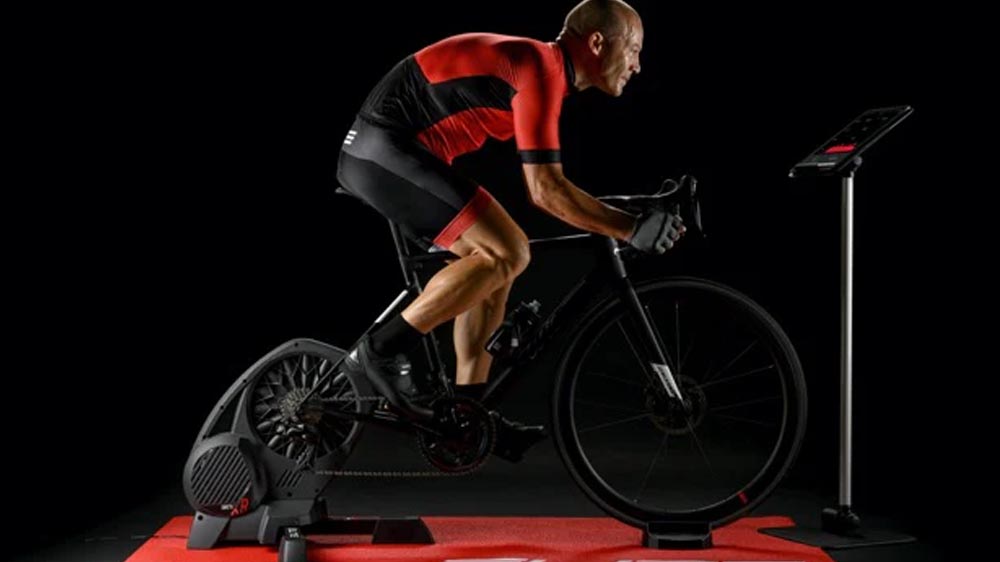
Power breathing is raw, fast, and explosive. It’s what we use when it’s time to throw down, whether that’s in the final 200 meters before the line or launching a breakaway.
How to Do It
- Pull a deep, sharp breath through your nose.
- Blast it out through your mouth like you’re blowing out a stubborn candle.
- Think of the inhale as fueling up and the exhale as firing the engine.
- Repeat for three to five quick cycles at race tempo to flood your body with oxygen, prime your nervous system, and ready your muscles for explosive effort.
When to Use It
- Not meant for the entire race, reserve it for key moments.
- Use when you need maximum power in a short burst.
- Avoid using it too early, or you’ll burn out.
Time it right, and it’s your slingshot to glory.
3. Belly Breathing: The Endurance Anchor
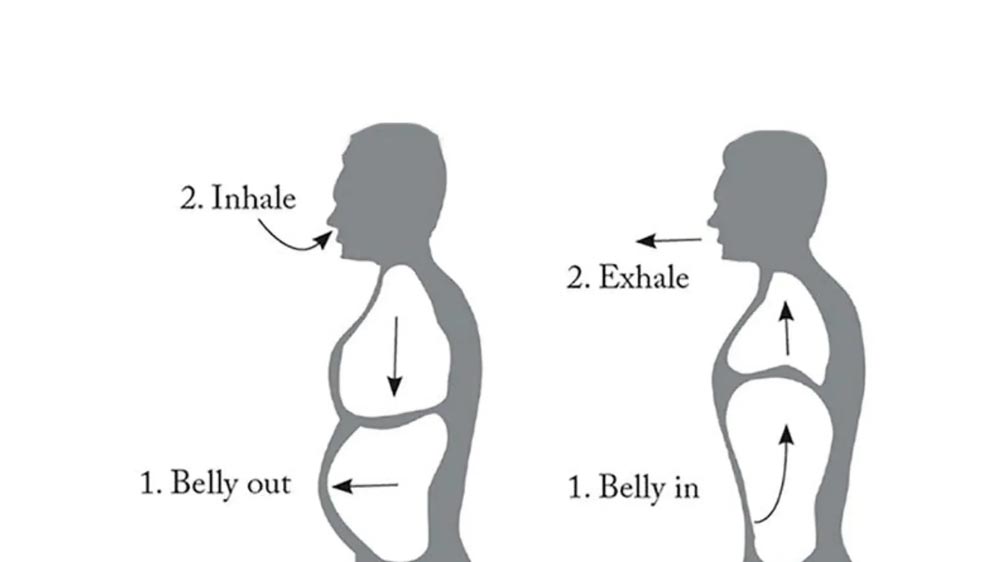
Belly breathing is the long-haul strategy. It’s slow, deliberate, and insanely efficient, that perfect for long climbs, solo pacing, or steady high-speed chases.
How to Belly Breathe
- Instead of lifting your chest, let your stomach expand as you inhale.
- This pulls air deep into the lower lungs, where oxygen absorption is most efficient.
- Take a slow breath in through your nose and feel your belly push outward.
- Release the breath gently through your mouth.
- Keep your shoulders relaxed, neck loose, and breathing rhythm steady.
When to Use Belly Breathing
- During climbs that last more than five minutes.
- While holding a sustained tempo effort.
- Any time you need to keep oxygen flowing without wasting energy on unnecessary muscle tension.
- Think of it as finding the perfect cadence for your legs, only this time, it’s for your lungs.
Breathing Myths You Need to Drop
Even in cycling circles, bad breathing advice spreads faster than a tailwind rumor. Let’s kill a few:
- Myth 1: “Breathe more and you’ll go faster.” Wrong. Over-breathing can actually mess up your CO₂ balance and make you lightheaded. The goal isn’t more breaths—it’s better breaths.
- Myth 2: “Just focus on the pedals.” Power starts with oxygen. If your breathing isn’t in sync with your effort, your legs will quit long before your willpower does.
- Myth 3: “Breathing technique is for pros only.” Not true. Beginners often see massive improvements simply by learning to breathe efficiently. It’s the easiest upgrade you’ll ever make, no new gear required.
Read also
Breathing Like a Pro: The Takeaway
Breathing isn’t a side note, but it’s part of your race strategy. Pros use box breathing to stay calm, power breathing to unleash attacks, and belly breathing to hold pace for the long grind. Each one has a place, and mastering them means you’ll last longer, hit harder, and recover faster.
Start practicing off the bike so it becomes second nature when the race heats up. Then, when you’re shoulder-to-shoulder in the final kilometer, you won’t just be hanging on, you’ll be breathing your way to the front.
You’ve got the breathing sorted. Now pair it with the right machine. Check out our road bike collection and see what happens when pro-level lungs meet a bike built for speed.
Discover our latest activities on Instagram


